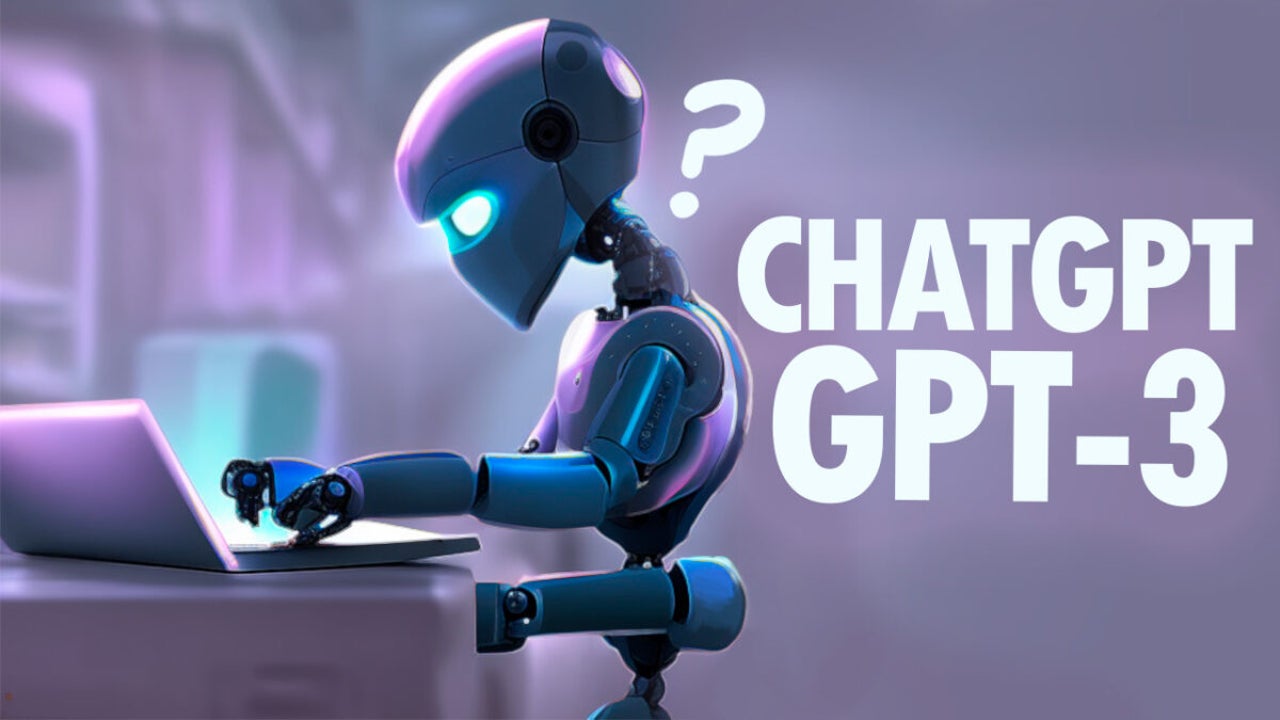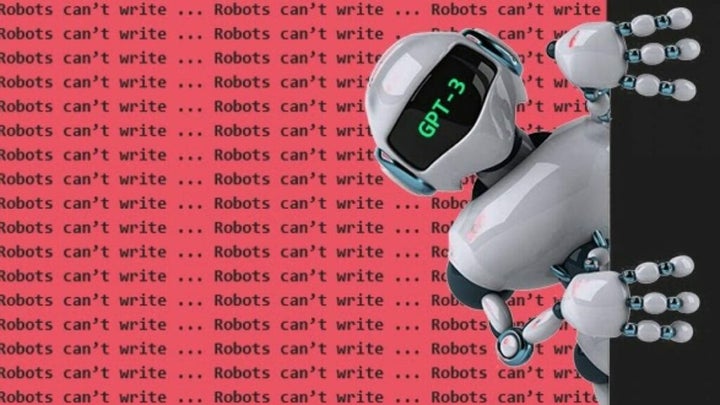News
ChatGPT and GPT-3: What is the difference?

- December 30, 2022
- Updated: July 2, 2025 at 3:13 AM

ChatGPT and GPT-3 are hotly debated topics these days. These AI-powered chat software have been publicized as able to achieve amazing, human-like conversation, and even more.
In case you’re not familiar, these “chatbots” go far beyond the regular ones you find in customer support scenarios. You can ask them to write poems, speculate about a given topic, and have a vast amount of information they use for answering.
Since both were developed by OpenAI, sometimes people think they’re the same thing. Even though they look similar on the surface, these are two different solutions. Here’s a breakdown of them.
ChatGPT is all about chat
As its name implies, the important part of ChatGPT’s name is “Chat”. This Machine-Learning model was built with that specific purpose, that is, being able to have natural conversations, similar to a human.
ChatGPT has been developed with a huge data set of conversational data. This means the model was trained with human-like responses from the start. It’s a powerful tool, but its scope is more limited.
The main goal of ChatGPT is to assist whenever language tasks are needed. These can include conversations with humans, translating, generating text, and other literary tasks.

GPT-3 is more powerful
Do you know why it’s called GPT-3? It’s because it’s the 3rd generation Generative Pre-trained Transformer. This machine learning model is based on neural networks, which can use Internet data to generate text. Both ChatGPT and GPT-3 were developed using the same training scheme.
Unlike ChatGPT, this is a more “general purpose” AI tool that also delivers text. However, it’s substantially more powerful than its younger sibling, with more than 175 billion parameters used for training it. It’s the largest neural network ever produced. Compared to it, ChatGPT pales in comparison, having been trained with 20 billion parameters.
GPT-3 is not specifically designed to have a conversation with a human, even though the answers it provides sound human-like. To put it in human terms, ChatGPT would be a sociable but not very knowledgeable person, whereas GPT-3 would be a very knowledgeable individual which is courteous enough but not too keen on small talk.
Of course, 20 billion parameters are nothing to sneeze at, and ChatGPT is indeed capable of incredible feats, too.

Which one is better, then?
In a nutshell, you can ask them both to explain what’s the difference between Mars and ice cream, but GPT-3 will have more data to provide a more comprehensive response. Of course, both are excellent in superficial topics like these, but GPT-3 is the way to go in more specific tasks.
Why not use GPT-3 and ditch ChatGPT? The latter is better suited for conversational tasks and can deliver context-specific responses; something GPT-3 is not trained to do. It’s also faster and more efficient in conversational tasks.
GPT-3 is the way to go when in need of an essay, theory, or anything that requires a vast amount of data to analyze, extrapolate and give a coherent, written solution. However, both are incredibly good. You should try them to know their quirks and when to use each according to your needs.
In the meantime….
Latest from Shaun M Jooste
You may also like
 News
NewsBungie announces a new beta for Marathon, although analysts are not very sure about the game's future
Read more
 News
NewsThe developers of Vampire: The Masquerade — Bloodlines 2 did not want to call their game Bloodlines
Read more
 News
NewsA player wants to check if the players of Arc Raiders are really peaceful… playing completely naked
Read more
 News
NewsThe developers of Helldivers 2 are working on their new game and already have a clear idea of what it will be like
Read more
 News
NewsCarrie by Mike Flanagan promises to be the most faithful adaptation of Stephen King's novel to date
Read more
 News
NewsTwenty years ago, the series premiered on HBO that would pave the way for Game of Thrones and The Last of Us
Read more